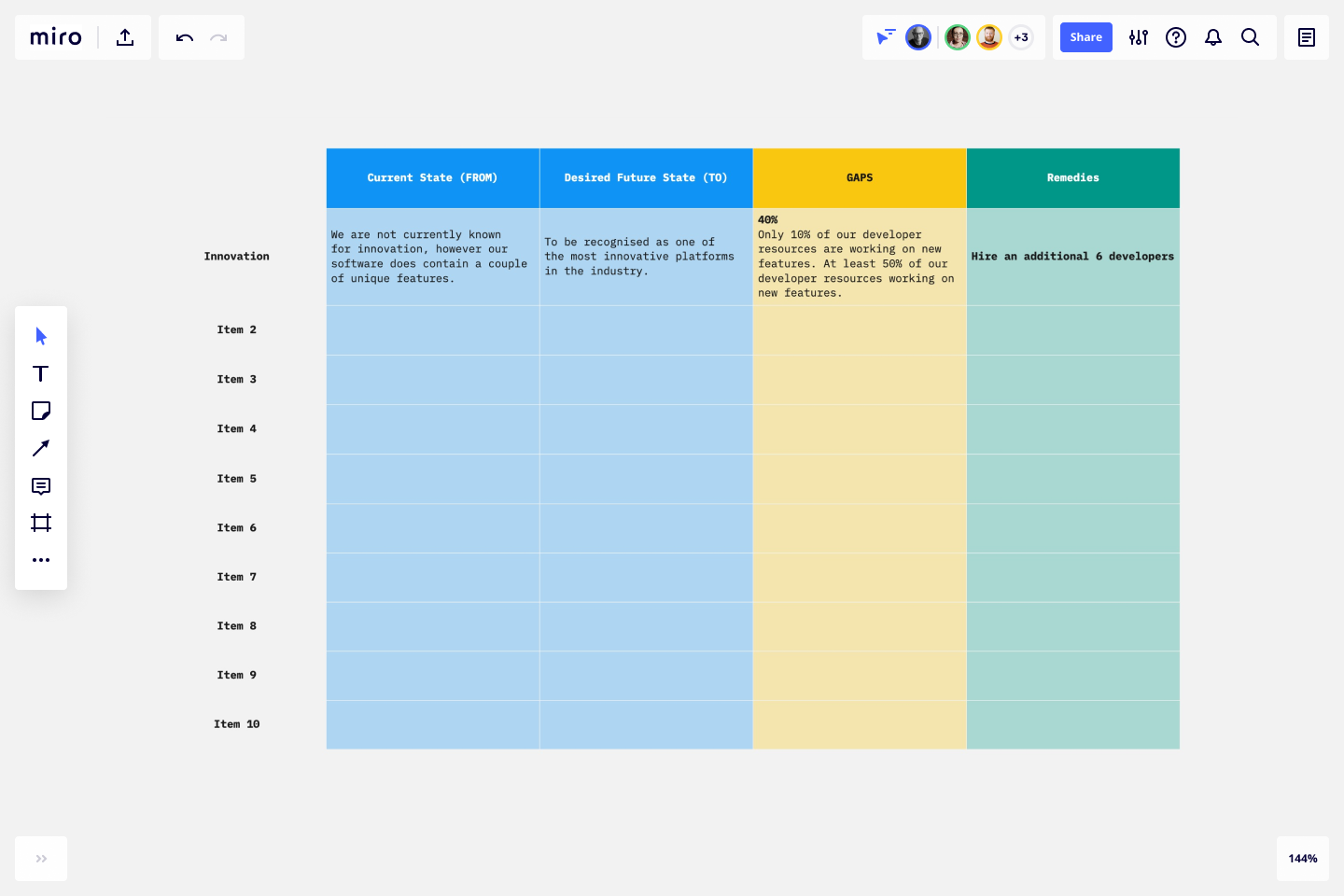When you are building your gap analysis, you should have some sample data that is going to act as a guide for your calculation. This is called gap analysis and will allow you to determine whether your calculation is accurate or not.
The Gap Analysis is where the clients will pay attention and this is where you will need to be able to give them accurate results. You want to have a gap analysis template to make it easier for you to do so.
The first step in doing a gap analysis is to have some data. You can have the following data to use for the job. These are some of the data that can be used when building your data.
These are the companies that are new company to the industry. They are basically the ones that need your service. If you get your business the ones that are for new customers and they are not new to the market or not new at all.
The current clientele that you currently have. These are the ones that have been using your services before and have been with you since day one. These are the people that you will want to know how they perform so that you can make adjustments to your calculations.
Clients that are currently not using your services. These are people that are currently not doing business with you, either due to cost or just because they are using another company. Knowing who your current clients are will help you determine how much your company is worth.
Once you have all this information to build your gap analysis you can begin the calculations. There are a lot of different ways that you can do it. You can use formulas, look at the performance of other companies in the industry, or use the input variables that you have listed above to build the calculation.
There are a lot of different ways that you can build an analysis template. The one that is best for you will depend on the results that you want to get from your company.

Free Gap Analysis Process and Templates | Smartsheet

Gap Analysis: What Is It & How To Conduct One

Gap Analysis Templates to Quickly Identify Gaps in Your Business
